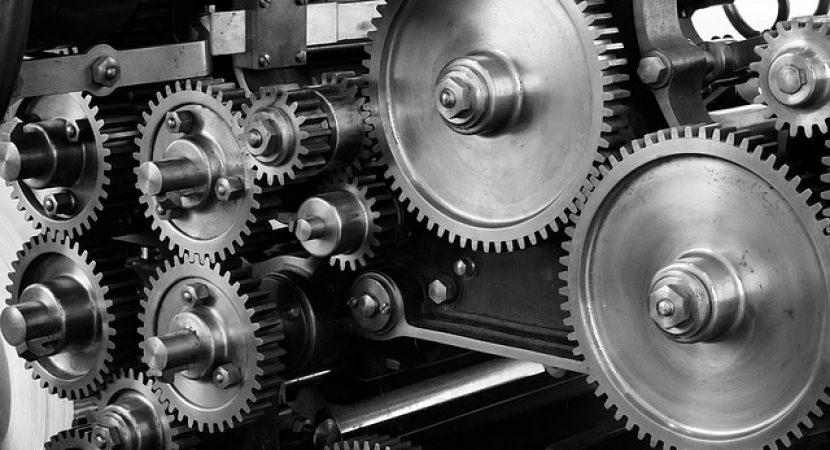When your business makes the decision to invest in some new equipment or machinery you rightly expect to get value for money and enjoy a reasonable period of trouble-free performance in return for your cash.
However, constant use can take its toll and you might find yourself in a situation where your equipment needs to be repaired or even replaced, leaving you with a difficult decision to make.
Here is a look at ways to save costs on business machinery and equipment, including a look at the pros and cons of repairing against replacing, plus some tips on how to extend the life of your equipment.
Big money means big decisions
Everything has its price and you probably don’t need to spend much time deliberating over whether to replace a piece of equipment that has broken down or is obsolete if it doesn’t cost that much to do.
It is a different ballgame when it comes to industrial machinery that is often vital to your business operation and requires a substantial capital investment if you are going to have to replace it. This is where you are faced with a classic conundrum, whether it is more economical to try and repair the item or if it might prove more cost-effective in the long run to consider replacing it.
One way to delay having to make that difficult decision would be to be proactive with your maintenance schedule, this often helps to prolong the life of machinery and can keep repair costs down.
Here is an overview of your options and some guidance on how you might reach the decision to maintain, replace or repair.
A mixture of the two
The age of your machinery will often be key to which option you decide is best for your business and it often pays to treat each scenario on its own merits rather than apply a general rule to your entire equipment inventory.
A good philosophy could be to decide that you will carry out regular maintenance on machinery while it is still in its prime and the cost of servicing at consistent intervals can be justified when you look at the uninterrupted use you get over a prolonged period of time.
There will come a point, however, when the equipment ceases to function reliably and breakdowns become a regular occurrence. When you reach that point, it might be more economical if you switch to a newer model.
Work on the basis that you will repair the new and replace the old, and it should be an approach that helps guide you towards the right decision for each item.
Safety considerations
Newer versions of your equipment will often have some enhanced or added features that could be useful to your business, and more often than not, improved safety features are also on the agenda.
Safety in the workplace is always an important consideration and when you buy a new version of your equipment from someone like Reliant Finishing Systems you will often benefit from not only added safety enhancements but the knowledge that malfunctions and breakdowns are far less likely.
Preventive maintenance
Fixing problems is one thing, but anticipating them is another thing entirely.
If you focus on trying to prevent problems with your machinery occurring in the first place, it should save you money. Regular cleaning, lubrication, minor adjustments, and repairs, will not be too costly and could save a huge repair bill when there a breakdown due to poor maintenance.
Along with machine maintenance, ensure safety measures are in place. Keep pedestrian safety barriers and other blockades to prevent employees without authority from accessing it.
It is often better to pursue this philosophy and protect your investment as best you can so that you delay that inevitable decision when you have to consider whether it is time to replace.
Regular inspections
It is always going to be expensive to replace a major piece of equipment that your business relies on, which is why you want to try and get the longest life out of your existing setup.
A good way of achieving that aim would be to be vigilant with your regular maintenance inspections and to constantly check for any noticeable signs of wear and tear.
Heavy machinery is often going to be susceptible to breakdown when you consider how many moving parts are vulnerable to the effects of friction, vibration, and high temperatures. If there are any gears and belts that are out of alignment, this can cause noticeable vibration, and if you notice that the equipment appears to be overheating, this could be a sign of poor lubrication and worn parts causing friction.
If you spot any signs of wear and tear it is always best to act swiftly. It will improve the life of your machinery and help to ensure that operators are not put at risk.
Ewan Dawson has worked in the manufacturing industry for years, more than he would care to admit in case he gives his age away!! He shares his knowledge with business owners who are just starting out.


